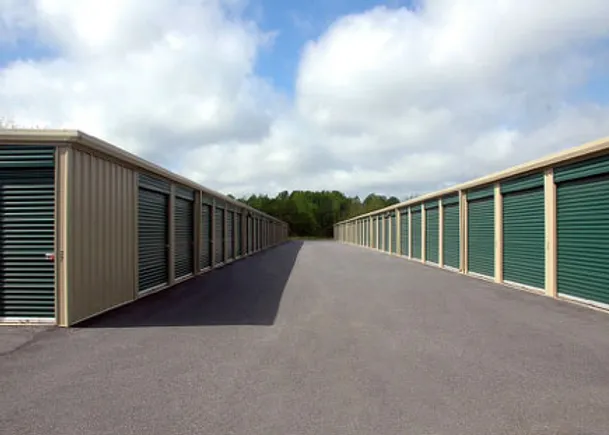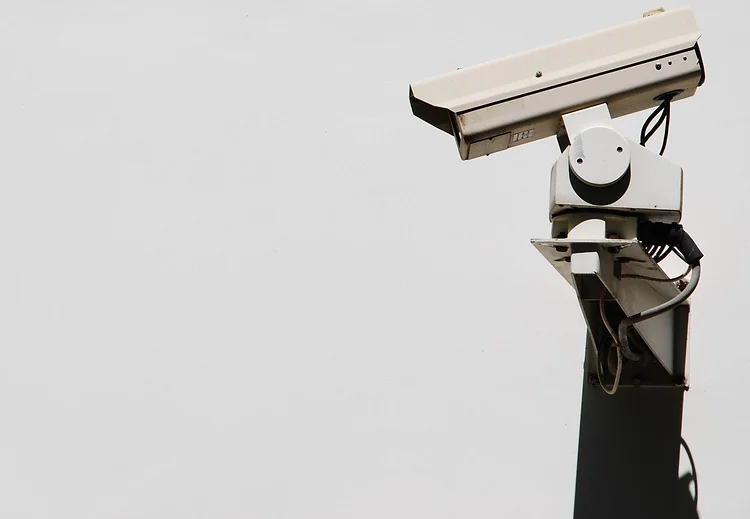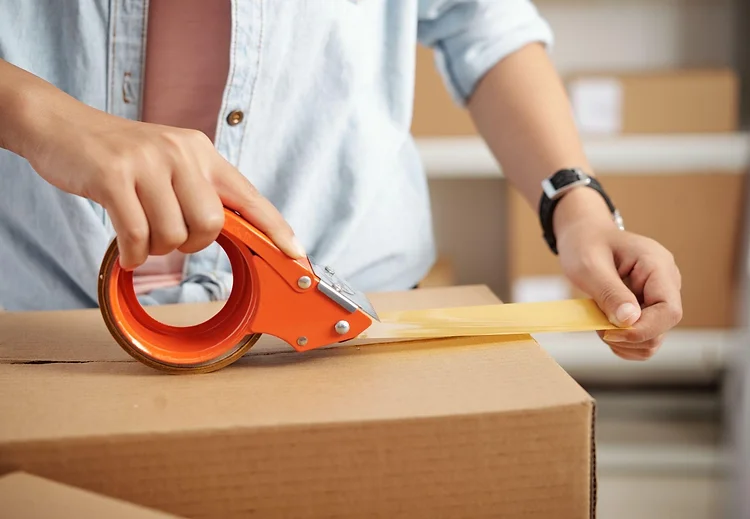The self-storage industry has proven to be a stable and profitable business even among national economic hardships. The changing atmosphere of big cities and cultural differences has started migrations across the country. People moving to and from cities combined with aging generations downsizing their households and lifestyles guarantees stable growth for self-store facilities.
In the short term, popular predictions state that the availability of storage will outpace the demand. This is mainly due to the building of new self-store facilities and the expansion of old ones during pandemic shutdowns. The stressed nature of the economy forced every industry to rethink how they operate. The storage world didn’t feel as much of the hurt but still has to make necessary changes to adapt and grow.
Now is still the perfect time for the storage industry to rally around innovative new experiences that operate more efficiently through the use of technology. Even with a surplus of availability, storage needs are sure to change drastically in both cities and rural locations. An efficient, secure, and clean automated facility will continue to be profitable. No matter the rumors of outpaced demand, the market says there will be significant trending growth.
By looking at the economic and political climates alongside the last few year’s trends, we can confidently make a few predictions of what the future of the self-store industry will look like.

Online shopping and reservation culture has changed how business is done everywhere. Self-storage is no different. The average consumer prefers an experience with as little interaction with strangers as possible. This is a win-win situation. By taking advantage of renter’s preferences and new technology, self-store facilities can offer a ‘premium’ experience with a lower monthly cost. As the cost of switching to technological solutions lowers, the number of businesses adopting them will grow exponentially.
Most facilities will still need consistently on-site personnel. Some will be able to be maintained entirely remotely. Either way, the cost of operations can be significantly reduced by replacing wages with utility bills and renters will enjoy a more “private” experience. In most cases, the facilities may appear to be empty or unmanned.
Accomplishing a modern techno-centric facility isn’t only a prop feature, it allows for a more personalized leasing process and more secure access that can be managed through remote online access and self-service kiosks.
It used to be that the number one source of renters for self-store businesses walked through the front door. People still do, but pandemic responses have required the minimization of human contact. During the pandemic, the use of online reservations for units and containers soared. This has solidified the use of online reservations as it simplifies what’s required from the renter and requires no contact.
Having access to availability, costs, and acquiring storage units all from a clean, easy to navigate website opens a facility’s potential renter pool from local prospects to national. Since 2017, the internet has directed more renter traffic than walk-ins. Pandemic-driven behavior has increased web usage three-fold. Online presence is a requirement to stay competitive.
For renters, online reservation provides a sense of security when moving their belongings and traveling to new destinations. Renters moving to a new area often lack the confidence to search around for self-store facilities after they arrive at a location. The ease of search and securing a unit to store their belongings by online means provides a secure feeling.

The biggest “problem” with automating a facility is finding a way to handle human-specific tasks. New tenant signing, issuing keys, taking cash payments, handling of facility-available equipment like dollies and moving carts, and product sales are traditionally handled by an employee or two. Technology has provided a way to take care of the larger portion of these tasks.
Self-serve kiosks can provide access to walk-ins and tenants to manage their accounts and services. Almost every administrative function that needs to be performed can now be done with the same system used to create online functionality. Future self-store businesses can operate entirely without meeting a majority of their tenants in person.
Some start-ups will want to be able to mobilize quickly. This means that they will seek already built systems rather than trying to construct their own. Luckily for them, kiosk manufacturers are already filling this need. As kiosk services gain in popularity, companies like OpenTech Alliance will make it easier for old facilities to switch to new technology with the kiosk hardware, software, and additional personnel services for customer support.
Having a limited amount of personnel working on-site means security has to be improved. Tenants are only storing things that they wish to keep secure. To offset the loss of on-site patrols, future self-store businesses will utilize a matrix of cameras and security devices to keep an eye on the units and record any activity.
This has already become a widely accepted option for gated locations and businesses in high-risk areas. Preventing theft is among the highest concerns a self-store facility holds. It’s only natural that the use of better and more cameras occurs over time.
With more cameras in use, remote access can be offered for the inside of rented units as well. Climate-controlled units will need to be regularly checked to make sure there is no damage to the stored objects due to temperature variance.
Not everything about using the internet and online services to run a business is beneficial. There are a few side effects that have emerged. The most concerning for a self-store facility is the identity of the clientele. While businesses don’t want to know the tenants on an invasive level, they need to avoid the pitfalls of being stuck with a unit full of unwanted objects or even worse materials that cause damage to the unit they are in or around.
Unfortunately, there is not an accurate way to assess these behaviors and identify problems before they occur. Instead, businesses are opting to raise the financial requirements and costs to weed out bad-faith renters and cover the cost of previous lessons learned. This could mean security deposits, higher monthly rates, gate fees, and in some cases application fees.
Most of these will not accelerate to an untenable level. Excessive fees and costs can turn away potential renters. However, security deposits and higher monthly rates are an already occurring trend. The money lost on damaged units and clean-up costs as well as uncollected rent will motivate higher pricing to help repair damages and recover losses.
It is also a bad managerial move to prevent access to services due to higher financial requirements during a period when economic instability has caused many to downsize their homes.

As a trend, credit checks in most industries have dwindled. Real estate and rentals have doubled down on them. Self-store facilities have already floated the idea of implementing credit checks as well. Former practices that allowed them to rent to anyone who walked in with enough money for the month have led to abandoned property and unpaid dues. Using consumer credit checks could help to assess whether a potential tenant will be able to keep up with the rent.
Many predict that credit checks will become a standard for self-store businesses in the coming years. I predict that many will implement credit checks for a short time as a trend but newer more secure facilities will not. The less restrictive options will gain the most tenants and cause the market to find other ways to adapt.
If economic downturns continue, credit checks would slowly filter out all but a few tenants. This mistake has been made by the hotel industry in the form of security deposit requirements on top of rental costs. Ultimately, it causes a higher refusal rate than is manageable. The damage done by refusing business is far worse than the cost of repairs or unpaid rent.
Self-store facilities are evolving. Traditionally, they were side-by-side units built almost like a long secure shed or garage. Most of them were built as outside access facilities with driving space between the sides. There are more warehouse-styled ones as well that are indoor and have wide hallways to haul personal property to storage through.
These traditional styles are either born with a specific purpose in mind or are buildings converted to purpose. U-Haul has led the way in redesigning indoor self-store facilities. New facilities are two to three stories with open window views and climate-controlled units. These buildings are far more inviting, friendly, and modern.
The outside isn’t as important as what’s inside.
Cutting costs is a tried and true way to increase profit. Self-store businesses already operate at a comparatively low cost, but solar panels and power batteries may be able to take a chunk out of the electric bill. Depending on the space available, the rooftops of self-store facilities will be commonly kitted with solar panels and efficient wind turbines. The energy needs for these businesses are simple and the most taxing on the electric bill is the climate control systems. With enough solar power and batteries, self-store facilities will be able to power themselves with very little draw on the electric grid if any.
It may not be long before cleaning robots find their way into self-store facilities as well. With a decent amount of automated cleaning equipment already available, the future is sure to see robots utilized to maintain a proper appearance. Thus solving another “human-specific” task.
Combining automated equipment, self-service kiosks, keypad locks, and vending machines cover all the primary tasks needed in a modern self-store facility. This is only what’s possible now. The future may hold yet more useful and unique automation applications that may again change the competitive playing field.

Tenants store a variety of objects: Furniture, clothes, toys, mattresses, dressers, miscellaneously filled boxes, etc. Sometimes their possessions need to be kept in specific conditions to prevent damage. Most notably, musical instruments and fine wood products have to be maintained at a specific temperature and humidity to prevent board warping. Violins, guitars, cellos, etc. can be rendered unplayable if left in the wrong environment for long enough.
Having the option for climate-controlled units will become standard in just about every self-store business. These units allow the business to offer its services to a wider audience than just people who have moved into a smaller space. Professional musicians, artists, mobile cleaners, and other innovative small businesses and individuals need space to store equipment. Climate-controlled units provide the conditions these renters need to safely store their tools of the trade.
Outdoor self-store facilities are also referred to as drive-thru or drive-up units. They aren’t new phenomena, but the pandemic shutdowns and mandates increased their popularity. Outdoor unit access allowed renters to maintain a six-foot distance when transferring property from their vehicle to storage. It also allowed them to avoid other renters when compared to indoor units.
The increased use of outdoor self-storage will eventually cause them to upgrade the quality of their units and may even inspire climate-controlled units with drive-thru access.